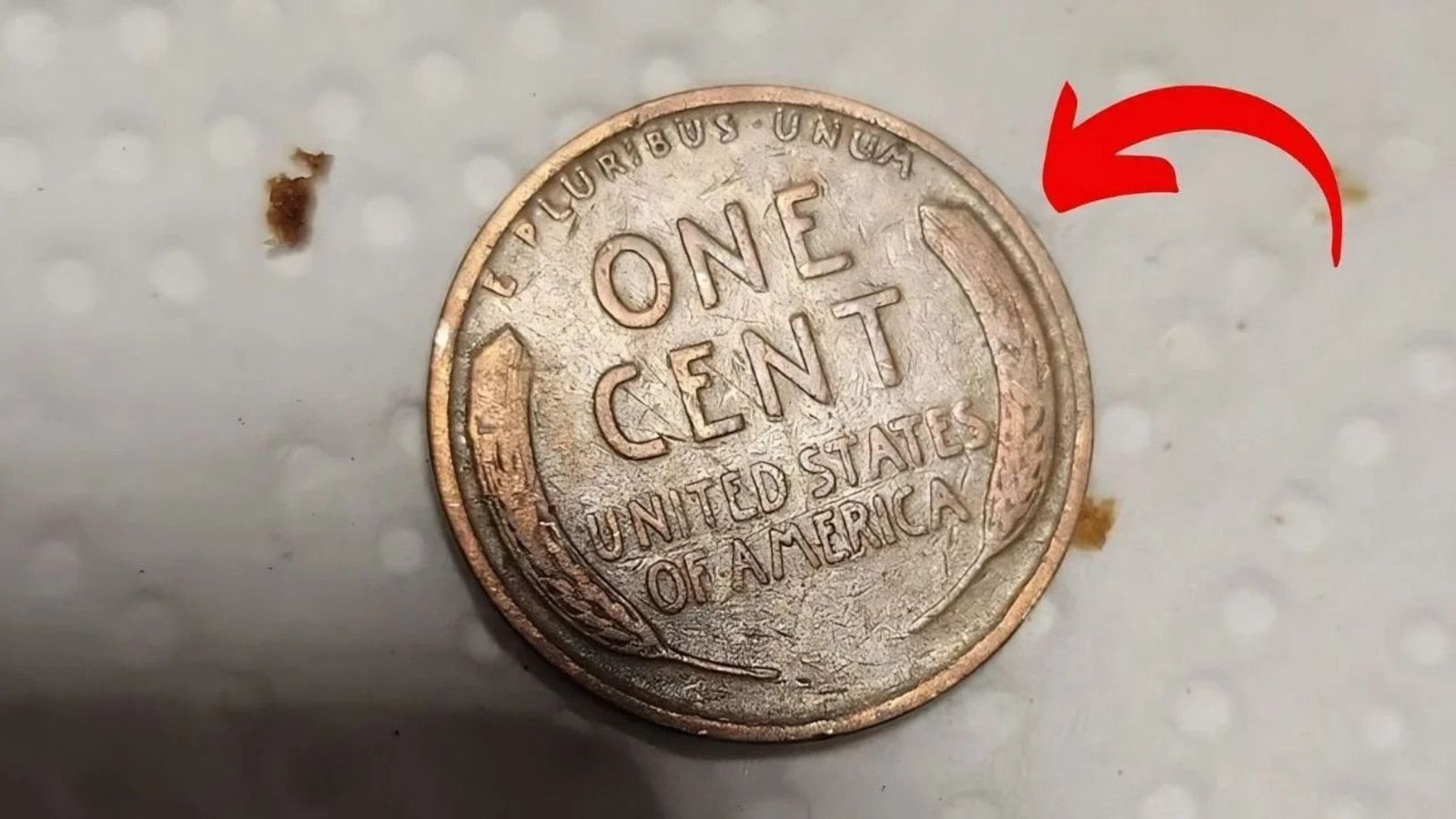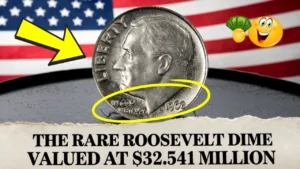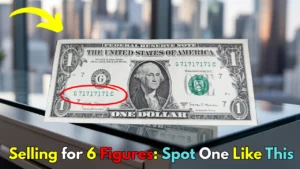Imagine stumbling across a penny in your pocket change that’s worth $5 million. Sounds like a dream, right? For coin collectors, this isn’t just a fantasy—it’s the thrilling reality of the Lincoln Wheat Penny, one of the most coveted treasures in numismatics. With rare varieties fetching jaw-dropping prices, the hunt for these elusive coins has captivated enthusiasts for decades. From attic finds to auction block triumphs, this article dives into the exhilarating world of the Lincoln Wheat Penny, exploring its history, rare variants, and why it’s the ultimate prize for collectors.
What Is the Lincoln Wheat Penny?
A Brief History
Introduced in 1909 to commemorate Abraham Lincoln’s centennial birthday, the Lincoln Wheat Penny was the first U.S. coin to feature a president’s portrait. Designed by Victor David Brenner, it replaced the Indian Head Cent and became an instant classic. The obverse showcases Lincoln’s profile, while the reverse displays two wheat stalks framing the words “ONE CENT.” Minted until 1958, these pennies are beloved for their simplicity and historical significance.
Why It’s a Collector’s Dream
While most Lincoln Wheat Pennies are worth just a few cents, certain rare varieties have sold for millions. Errors, low mintages, and pristine conditions drive their value skyward. For collectors, finding one of these gems is like striking gold in a haystack of copper.
The $5 Million Penny: Fact or Fiction?
The 1943 Bronze Penny
The fabled $5 million penny often refers to the 1943 Bronze Lincoln Wheat Penny, one of the rarest coins in American history. During World War II, copper was rationed for the war effort, so pennies were struck in zinc-coated steel. However, a tiny number of 1943 pennies were accidentally minted in bronze, making them extraordinarily rare. Only about 20 are known to exist, and one sold for $1.7 million in 2010, with estimates suggesting top specimens could fetch $5 million today.
How to Spot a 1943 Bronze Penny
- Material: Unlike the common steel pennies, these are bronze (copper alloy).
- Weight: Bronze pennies weigh about 3.11 grams; steel ones are lighter at 2.7 grams.
- Magnet Test: Steel pennies stick to magnets; bronze ones don’t.
If you find a 1943 penny, don’t clean it—get it authenticated by a professional grading service like PCGS or NGC.
Other Million-Dollar Variants
- 1909-S VDB: With only 484,000 minted, this penny, featuring Brenner’s initials “VDB” on the reverse, is highly sought after. A pristine example sold for over $1 million.
- 1955 Doubled Die Obverse: This error coin, with a visibly doubled date and text, can fetch $50,000 or more in top condition.
- 1914-D: Low mintage (1.2 million) makes this penny a rare find, with high-grade specimens selling for six figures.
The Thrill of the Hunt
Where to Find Lincoln Wheat Pennies
The beauty of coin collecting is that treasures can turn up anywhere:
- Pocket Change: Though rare, valuable pennies still circulate.
- Coin Rolls: Banks sell rolls of pennies—perfect for hunting rare dates.
- Estate Sales & Flea Markets: Old collections often hide gems.
- Attics & Heirlooms: Grandma’s cookie jar might hold a fortune.
Tips for Aspiring Hunters
- Learn Key Dates: Memorize rare years like 1909-S, 1914-D, and 1943.
- Invest in Tools: A magnifying loupe and coin scale are essential.
- Join Communities: Numismatic forums and clubs share knowledge and leads.
- Be Patient: Finding a million-dollar penny takes time and luck.
Key Lincoln Wheat Penny Variants and Their Values
| Year | Variant | Estimated Value (High Grade) | Rarity Notes |
|---|---|---|---|
| 1943 | Bronze | $1M–$5M | ~20 known |
| 1909-S | VDB | $100K–$1M | 484,000 minted |
| 1955 | Doubled Die | $25K–$50K | Error coin |
| 1914-D | Standard | $50K–$200K | 1.2M minted |
The Stories Behind the Finds
Legendary Discoveries
- 1943 Bronze in a Lunchbox: In 1947, a teenager found a 1943 bronze penny in his school cafeteria change. Decades later, it sold for over $200,000.
- Attic Treasure: A Massachusetts man inherited a jar of pennies, including a 1909-S VDB worth $50,000.
These stories fuel the dreams of collectors, proving that life-changing finds are possible.
Auction Block Drama
High-profile auctions amplify the penny’s allure. In 2018, a 1943 bronze penny graded MS62 sold for $840,000. Bidding wars between collectors and investors highlight the emotional and financial stakes of numismatics.
How to Start Collecting Lincoln Wheat Pennies
Building Your Collection
Start small and grow:
- Buy a Whitman Folder: These albums help organize pennies by year and mint mark.
- Focus on Condition: Look for coins with sharp details and minimal wear.
- Set a Budget: Common pennies cost pennies; rare ones require investment.
Grading and Authentication
Professional grading services assign scores (1–70) based on condition. A penny graded MS65 (Mint State) is worth far more than one graded VF20 (Very Fine). Always authenticate rare finds to avoid counterfeits.
The Future of Lincoln Wheat Penny Collecting
Rising Values
As fewer high-grade pennies remain in circulation, prices for rare variants climb. Millennials and Gen Z are joining the hobby, driving demand through social media platforms like TikTok and Reddit.
Preserving Your Collection
Store coins in acid-free holders, avoid touching surfaces, and keep them in a cool, dry place. Proper care ensures your pennies retain value for generations.
Conclusion
The hunt for the $5 million Lincoln Wheat Penny is more than a hobby—it’s a treasure hunt steeped in history, luck, and passion. Whether you’re sifting through pocket change or bidding at an auction, the thrill of discovery keeps collectors hooked. With rare variants like the 1943 bronze penny sparking dreams of million-dollar finds, numismatics offers adventure for all. Start your hunt today, and who knows? The next penny you pick up could be a life-changer.
FAQs
What makes a Lincoln Wheat Penny valuable?
Rarity, condition, and errors (like the 1943 bronze or 1955 doubled die) drive value. Low mintage years like 1909-S and 1914-D are also prized.
How can I tell if I have a 1943 bronze penny?
Check its weight (3.11 grams), color (bronze, not silver), and magnetism (non-magnetic). Get it graded by PCGS or NGC for authenticity.
Where’s the best place to find rare pennies?
Search pocket change, bank rolls, estate sales, or old collections. Online marketplaces and coin shops are also great sources.
Should I clean my pennies to increase their value?
Never clean coins! Cleaning removes the natural patina, drastically reducing value. Leave them as found and consult a professional.
Is coin collecting a good investment?
While some pennies skyrocket in value, collecting is best enjoyed as a hobby. Rare coins can appreciate, but market fluctuations require caution.




